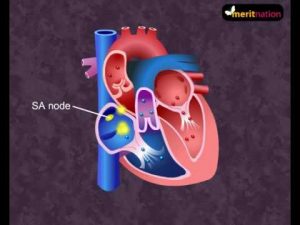Benzodiazepines are commonly used to treat anxiety disorders and sleep disorders. They are thought to exert their effects in the brain by acting at receptors for the neurotransmitter gamma-aminobutyric acid, or GABA. In this video, I cover the the mechanism of action for benzodiazepines. TRANSCRIPT: Welcome to 2 minute neuroscience, where I explain neuroscience topics in 2 minutes or less. In this installment I will discuss benzodiazepines. Benzodiazepines are a class of drugs named for their chemical structure that are commonly used to treat anxiety disorders and sleep-related disorders. They include well-known drugs like valium, xanax, and klonopin. There are dozens of drugs in the benzodiazepine class, but the mechanism by which they all exert their effects is thought to be similar. The sedating and anxiety-reducing effects of benzodiazepines are believed to be attributable to the drugs’ actions at receptors for the neurotransmitter gamma-aminobutyic acid, or GABA. In particular, benzodiazepines act at a subtype of GABA receptors called the GABAa receptor; GABAa receptors that also bind benzodiazepines are sometimes called benzodiazepine receptors. When benzodiazepines bind, or attach, to the GABA receptor, they bind at a location separate from where GABA itself binds, and exert an influence over GABA binding. This type of action is called an allosteric effect, and in the case of benzodiazepines it results in increased action at the GABA receptor. There is not complete consensus on exactly how benzodiazepine binding affects activity at the GABA receptor but there is evidence to suggest that it increases the likelihood that GABA binding will activate the receptor and/or increases the effect that GABA has when it binds to the receptor. That effect is to open an ion channel and allow the passage of negatively charged chloride ions into the neuron. This influx of negatively charged ions pushes the membrane potential further from zero, or hyperpolarizes it, and makes it less likely the neuron will fire an action potential. This type of neural inhibition is the basis for the effects of benzodiazepines, for by inhibiting the activity of neurons that make up networks involved with anxiety and arousal, the drugs are able to produce calming effects. REFERENCES: Gielen MC, Lumb MJ, Smart TG. Benzodiazepines modulate GABAA receptors by regulating the preactivation step after GABA binding. J Neurosci. 2012 Apr 25;32(17):5707-15. doi: 10.1523/JNEUROSCI.5663-11.2012. Möhler H, Fritschy JM, Rudolph U. A new benzodiazepine pharmacology. J Pharmacol Exp Ther. 2002 Jan;300(1):2-8.
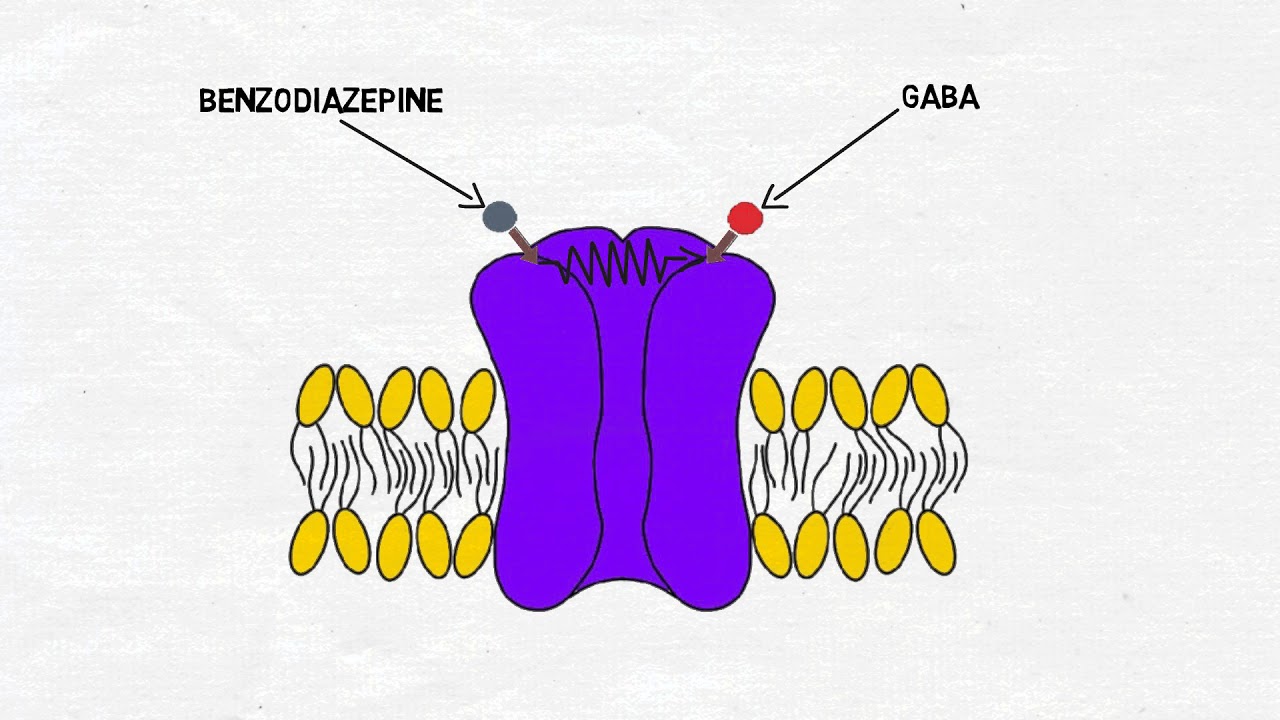
2-Minute Neuroscience: Benzodiazepines
- Post author:
- Post published:May 26, 2021
- Post category:Uncategorized
- Post comments:0 Comments
You Might Also Like

Blood Glucose Testing

Nutrition 101 free course

Decline Bench Press-1

Overweight & Obesity Video – 21

High Intensity Training Video – 5

Frequency of Surgical Sperm Retrieval Procedure-Dr. Sathya Balasubramanyam of Cloudnine Hospitals
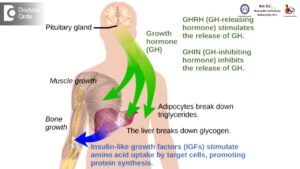
HGH, Growth Hormones & Plant Hormones Video – 27

Dehydration nutrition Video – 1

Overview of metabolism: Anabolism and catabolism | Biomolecules | MCAT | Khan Academy

Zumba Dance Workout for weight loss

Dean performing leg extensions using TRX suspension trainer

Anemia, Causes & Prevention/Treatment

Lipid oxidation and antioxidation with phenolics antioxidants

Sports Surgeries Video – 4

Early Liver Disease Symptoms
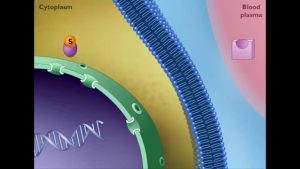
Mechanism of STEROID HORMONE action

Sugar Free, Low Sugar Video – 30

Testosterone & Androgenic Effects Video – 17

Sugar Free, Low Sugar Video – 23

vídeo orlistat

Basketball Video – 3

Alternating hammer curls (standing with dumbbells)

Thyroid Gland: Thyroid Hormone Function

Side Effects of Clomid

Clomid update cd 14

SIZE 8 – Post Workout Drink (NO Supplement) | Pure Vegetarian Muscle Building Program by Guru Mann

Jaundice | When to Worry | Parents
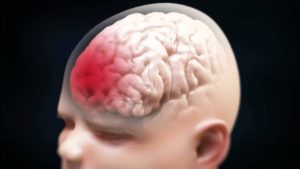
Shaken Baby Syndrome Brain Injury

Lateral Definition (Anatomy, Kinesiology, Medicine)
Larger To Smaller Muscle Group

Abnormal Psychology Video – 4

Testosterone & Androgenic Effects Video – 6

Organic Foods Video – 2

Warning: Dangerous Fish Oil Omega 3 Side Effects

Steroid Meaning
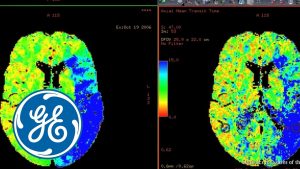
GE AW CT Perfusion 4D Radiology Imaging Software Video | GE Healthcare

Intermittent Fasting & Fasting Video – 29

Health: Jaundice and its Causes, Symptoms & Treatment

Progressive Muscle Relaxation

Swimming Video – 2

What is fat
